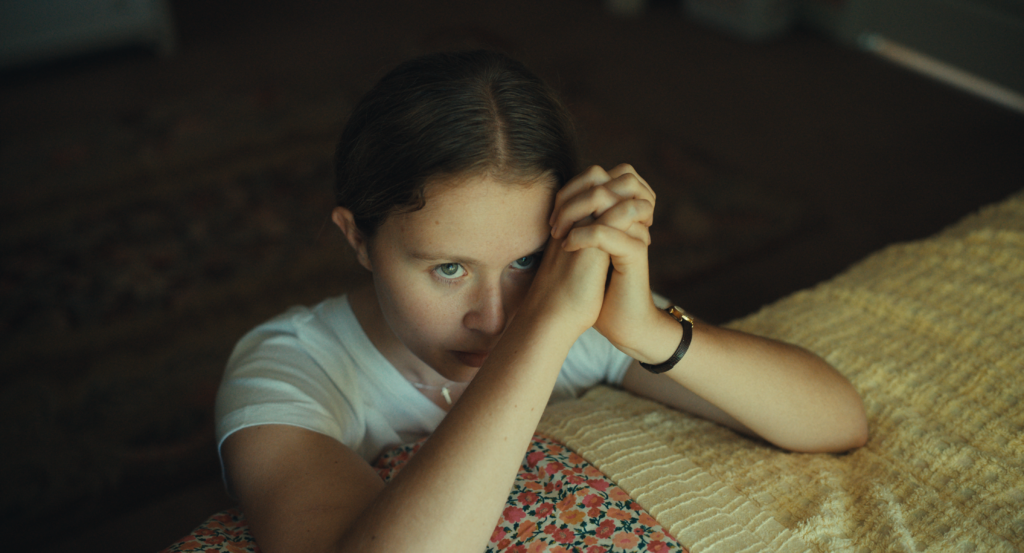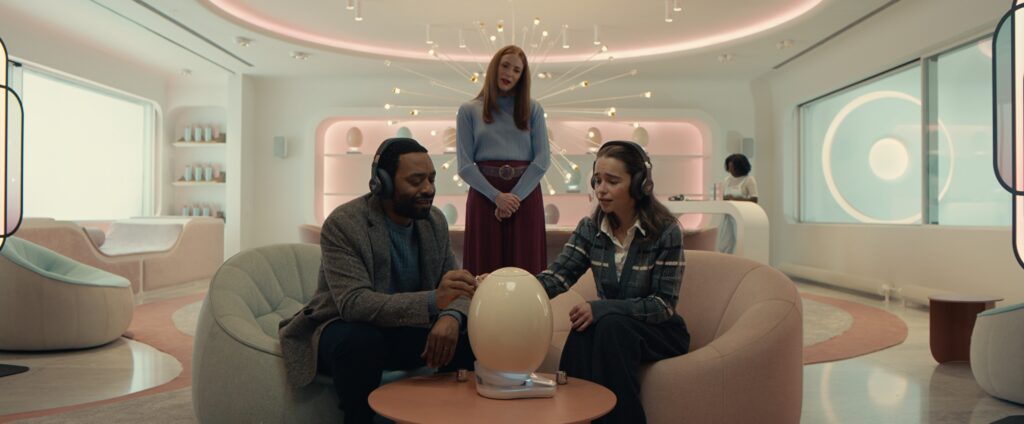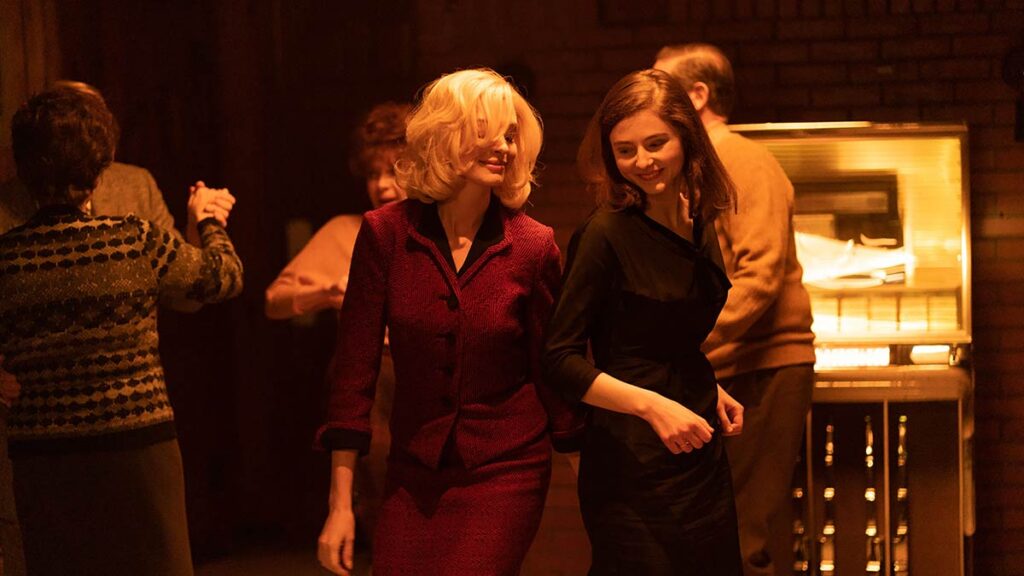“Star Wars: The Last Jedi,” “Beauty and the Beast,” and “Wonder Woman” were the three highest-grossing films at the domestic box office in 2017. Unfortunately, according to new research from Dr. Martha M. Lauzen and the Center for the Study of Women in Television and Film — despite the major successes of Rey, Belle, and Diana Prince — most of the other top films from last year did not feature a female lead. Lauzen found that women accounted for just 24 percent of protagonists in the 100 highest-grossing films from 2017 — a five percent decline from 2016.
The study, entitled “It’s a Man’s (Celluloid) World: Portrayals of Female Characters in the 100 Top Films of 2017,” examined the 2,361 characters that appeared in last year’s highest-grossing films. Women represented 34 percent of speaking characters, a two percent increase from last year. They comprised 37 percent of major characters, the same figure reached in 2016. “Overall, audiences were almost twice as likely to see male characters as female characters in 2017,” the report concludes.
Thankfully, not all of Lauzen’s findings are discouraging: the number of female characters of color actually increased in 2017. Black female characters rose from 2016’s 14 percent to 16 percent. Latinas more than doubled from 2016’s three percent to seven percent and Asian females increased from six to seven percent. To be clear, women of color are still very much underrepresented in the top 100 films — white women accounted for 74 percent of major female characters.
Most female characters were in their 20s and 30s (32 percent and 25 percent, respectively), while the majority of male characters were in their 30s and 40s (31 percent and 27 percent).
“It’s a Man’s (Celluloid) World’s” findings also highlight the prevalence of gender stereotypes in top films. Fifty-three percent of women characters had a known marital status, as compared to men characters’ 40 percent. Although 78 percent of male characters had an identifiable profession, only 63 percent of female characters had one. That’s right: even in 2017 women characters were more likely to be defined by their relationships than their careers or professional aspirations. Rey, Belle, and Diana would not be impressed.
Highlights from “It’s a Man’s (Celluloid) World: Portrayals of Female Characters in the 100 Top Films of 2017” are below. You can read the full study over on the Center’s website.
Findings/Percentages of Female and Male Characters
- Females comprised 24 percent of all clearly identifiable sole protagonists featured in the 100 top grossing films of 2017. Males comprised 58 percent of protagonists, and 18 percent were ensembles.
- Sole female protagonists were much more likely to appear in independent features (65 percent) than studio features (35 percent). Sole male protagonists were more likely to appear in studio features than in independent features (54 percent and 46 percent respectively).
- Females accounted for 37 percent of major characters. Males comprised 63 percent of major characters.
- Females comprised 34 percent of all speaking characters (major and minor) in 2017. Males accounted for 66 percent of speaking characters.
Findings/Demographic Characteristics
- Female characters remained younger than their male counterparts. The majority of female characters were in their 20s (32 percent) and 30s (25 percent). The majority of male characters were in their 30s (31 percent) and 40s (27 percent).
- Males 40 and over accounted for 46 percent of all male characters. Females 40 and over comprised 29 percent of all female characters.
- In 2017, 68 percent of all female characters with speaking roles were White, 16 percent were Black, 7 percent were Latina, 7 percent were Asian, and 2 percent were other.
- Sixty-eight percent of all female characters were White in 2017. Sixteen percent of all female characters were Black. Seven percent of all female characters were Latina. Seven percent of all female characters were Asian.
- Seventy-four percent of major female characters were White, 14 percent were Black, 6 percent were Latina, 4 percent were Asian, and 2 percent were of some other race or ethnicity.
- Fifty-three percent of female characters but 40 percent of male characters had a known marital status. Seventy-eight percent of male characters but 63 percent of female characters had an identifiable job or occupation.
- A larger portion of male than female characters were seen in their work setting, actually working (69 percent vs. 55 percent).
Findings/Goals and Leadership
- Male characters were more likely than females to have work-related goals (42 percent vs. 34 percent). Female characters were more likely than males to have goals related to their personal lives (20 percent vs. 13 percent).
- Male characters were more likely than females to be seen in work-related roles only (65 percent vs. 44 percent). Female characters were more likely than males to be seen in personal life-related roles only (39 percent vs. 21 percent).
- Eight percent of males and 5 percent of females were portrayed as leaders.
Findings/Behind-the-Scenes Employment and On-Screen Representation
- In films with at least one woman director and/or writer, females comprised 45 percent of protagonists. In films with exclusively male directors and/or writers, females accounted for 20 percent of protagonists.
- In films with at least one woman director and/or writer, females comprised 48 percent of major characters. In films with exclusively male directors and/or writers, females accounted for 33 percent of major characters.
- In films with at least one woman director and/or writer, females comprised 42 percent of all speaking characters. In films with exclusively male directors and/or writers, females accounted for 32 percent of all speaking characters.







